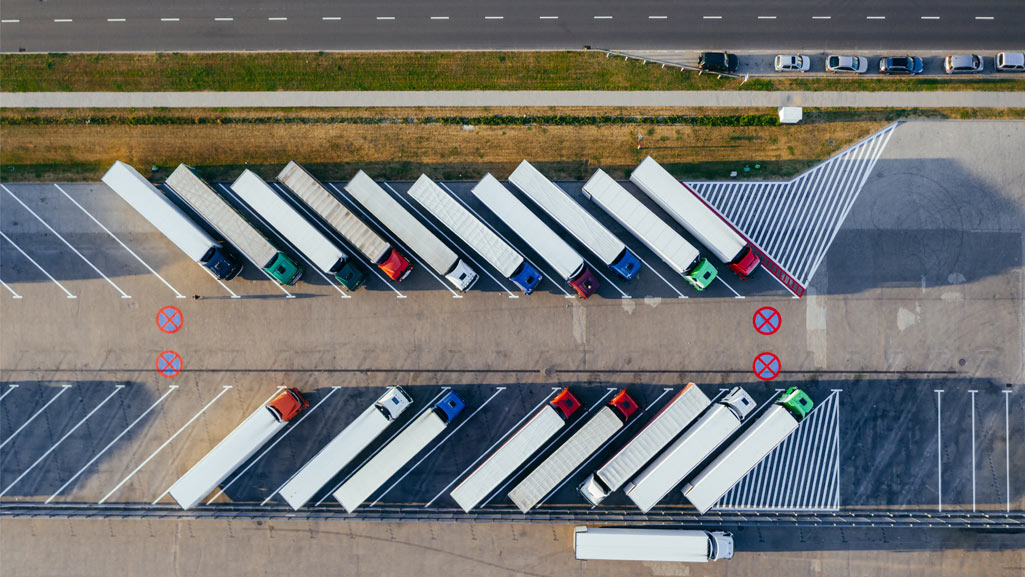TransformingTransport, one of the EU’s most important flagship projects, has successfully demonstrated how big data could help improve productivity, efficiency and competitiveness in the mobility and logistics sector. The topic has never before been discussed on this scale: 49 partners from industry, academia and local governments from 11 countries, a budget of EUR18.7 million, a project duration of 31 months, 13 pilot projects in 7 different areas (motorways, railways, ports, airports, cities, vehicles and e-commerce), industrial data from over 160 data sources totaling over 164 terabytes.
“Through these 13 pilots Transforming Transport has demonstrated the technical and economic viability of Big Data, that helps optimize transport network operations. The following article highlight specific results of these pilots that show the positive impact of Big Data on operational efficiency, customer experiences and new business models” – Rodrigo Castiñeira, Indra, Transforming Transport Coordinator.
The project covered all aspects of transportation, i.e. the movement of people and goods in urban and rural areas, using different means of transportation –from road and rail to air, maritime and inland waterways. PTV was involved in two of the 13 pilot projects.
Connected trucks: Determining arrival times more precisely
In cooperation with other partners of the “Sustainable Connected Trucks“ project, PTV analyzed defined truck corridors using alternative routes between hubs, such as Amsterdam and Frankfurt. The aim was to find out how big data could improve delivery reliability and adherence to schedules and to identify and eliminate inefficient processes.
The project partners wanted to better understand the planning processes of the logistics players through data analysis, visualize all relevant data and develop dashboards providing an overview of the activities, e.g. how time is spent at the airport. To this end, they analyzed a wealth of data, such as travel time, traffic information, airport operations and data from routing applications, etc. They merged and evaluated information from different data sources so that they were able to combine GPS data and satellite images. The ultimate goal was to provide value-added traffic information and more precise routing and planning applications, especially for HGV traffic. The estimated arrival time of the trucks can thus be calculated more precisely, leading to significantly reduced buffer times. This in turn makes fleet management more efficient and reduces vehicle fleet and labor costs.
Cargo handling: Reducing urban traffic congestion
As part of the “Integrated Urban Mobility“ project, PTV and its project partners developed solutions for freight transport in Valladolid, the capital of the Castile and León region, Spain, with around 300,000 inhabitants. This included two traffic microsimulation models and the simulation of different delivery scenarios in order to examine the effects. In addition, a planning tool for delivery fleets and a dashboard were developed to show important findings. Based on a macroscopic approach, PTV also analyzed new data sources and generated origin-destination matrices to be used for advanced transportation modeling in urban and interurban areas of Valladolid.
Smooth traffic flow thanks to big data
The pilot showed that urban traffic management centers and municipalities are better informed about the traffic situation thanks to the data from the constantly growing number of sensors. Optimized routing thus helps improve the flow of traffic and punctuality of services in city centers while reducing the negative impact on the environment.
Big data – Recognizing the value of data
The pilot projects have proven that big data solutions add value to transportation processes and services, in particular predictive data analyses can assist transportation companies in acting proactively in order to reduce or avoid delays.
The promising results achieved in the data-rich pilot areas suggest that the project innovations will be adopted by the players in the other European transportation sectors. If one considers the size of the European transportation sector, these innovative solutions could help cut the energy consumption of the European economy as a whole – with immediate positive effects on the reduction CO2 emissions.
